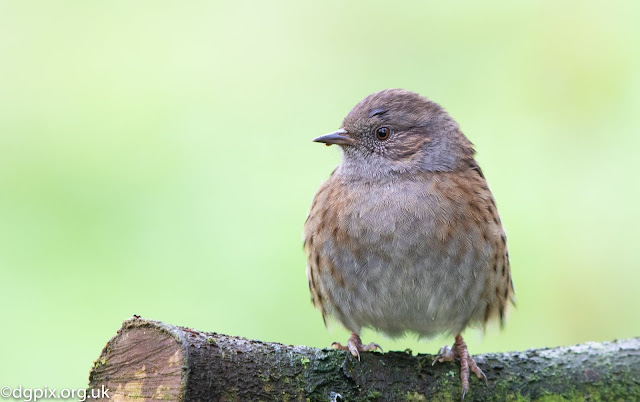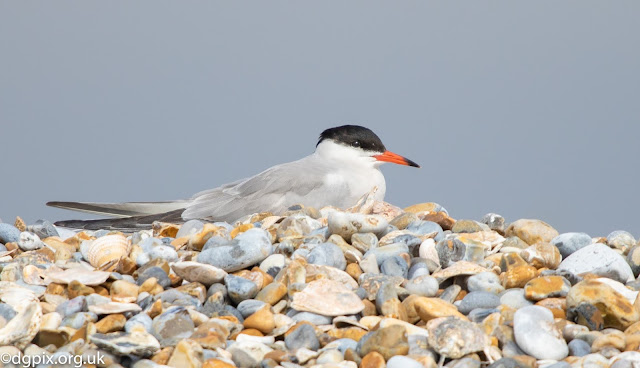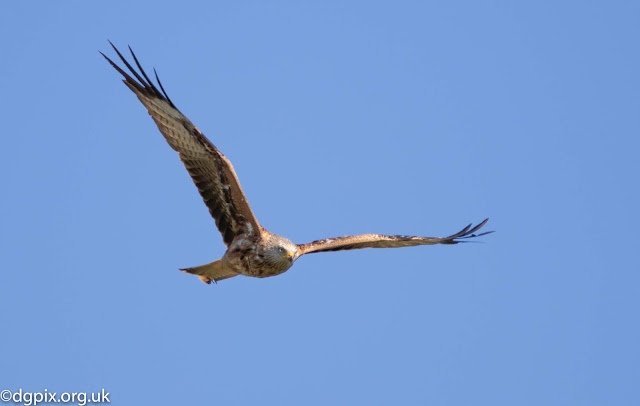Search This Blog
Instructional, educational and general wildlife photography updates from the field, workshops and from the behind the cameras of DGPix
Posts
Showing posts from 2018
Photographing Norfolk Raptors - Lightroom Workflow
- Get link
- X
- Other Apps








